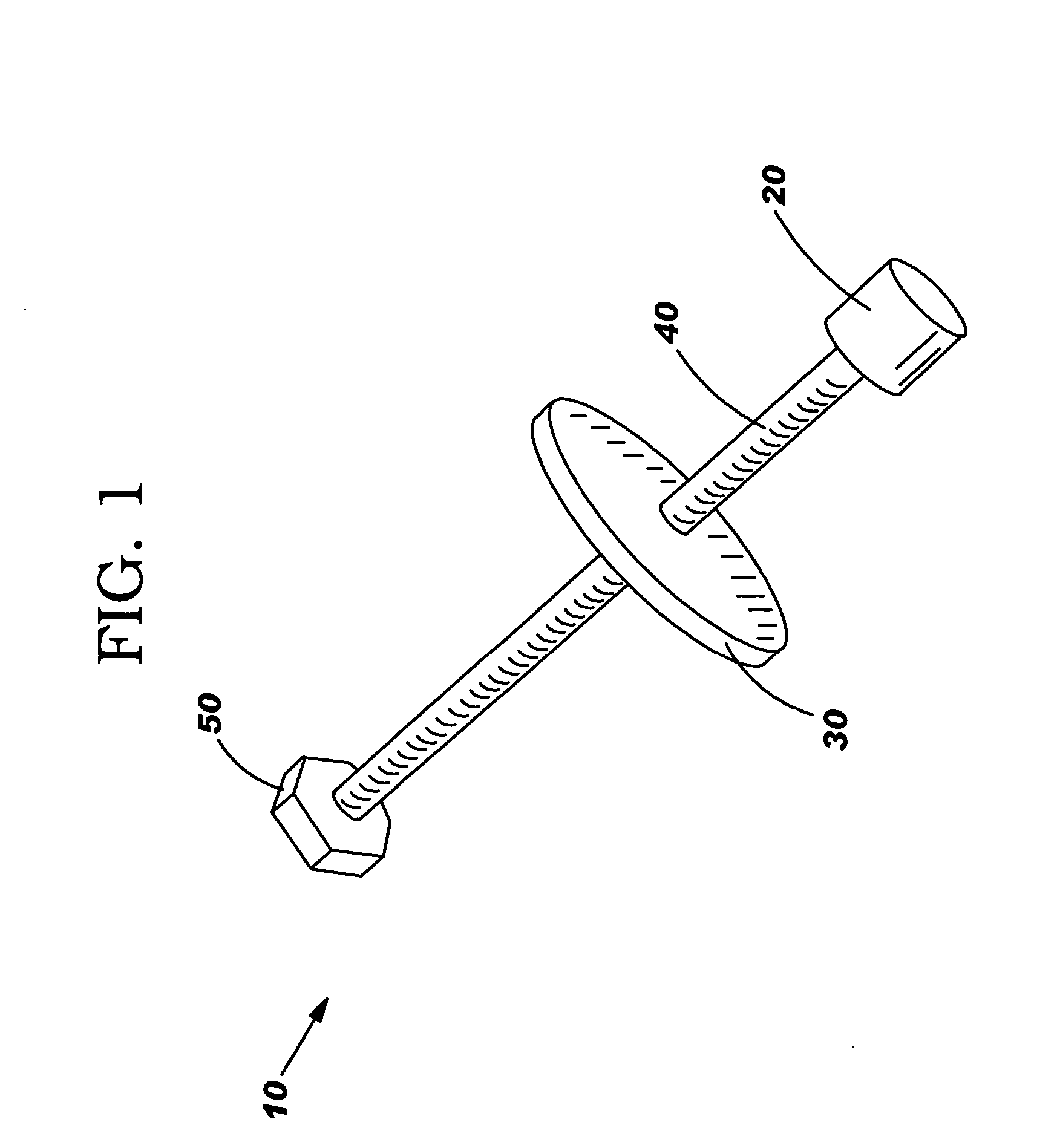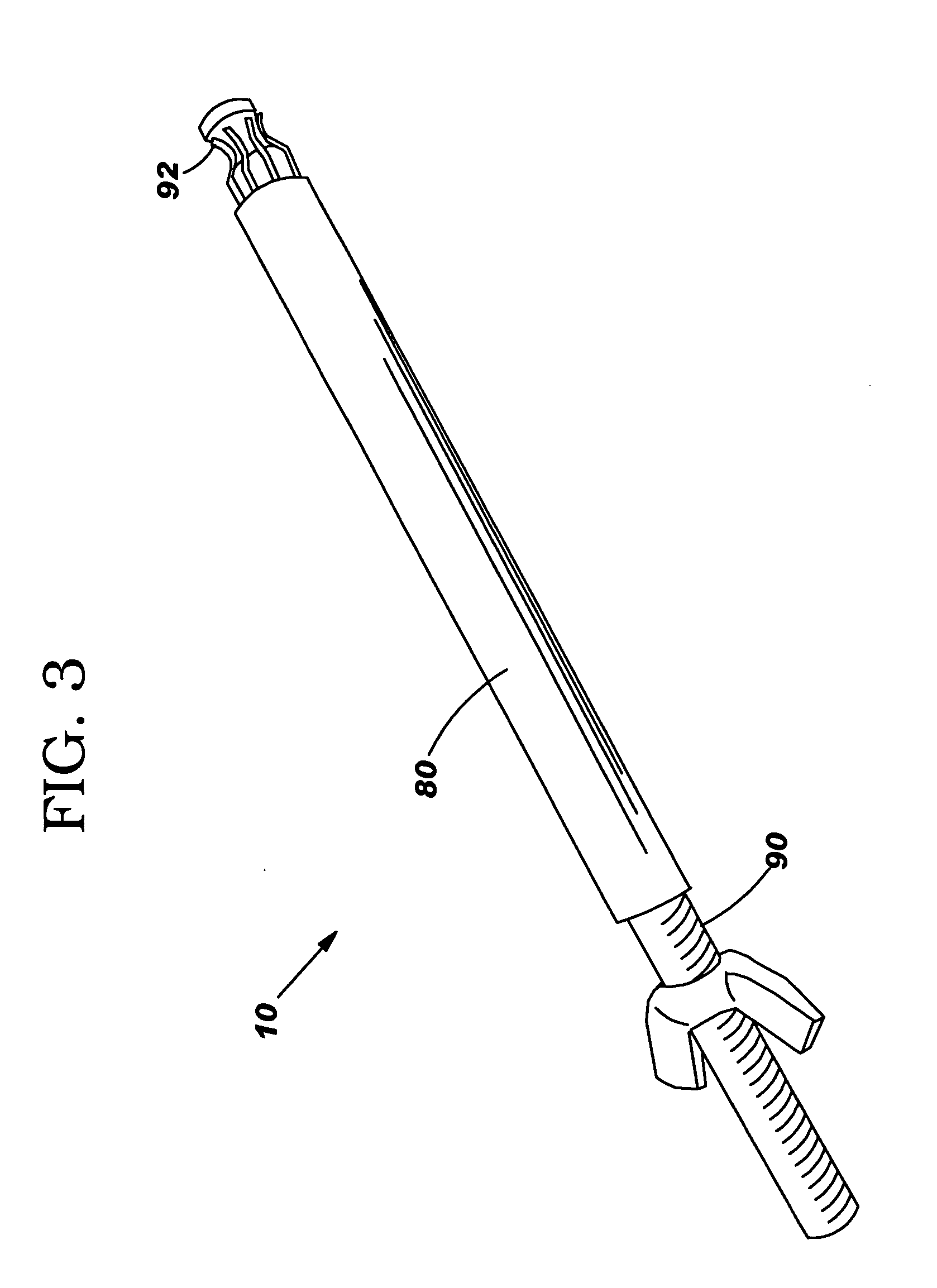Essentially tubular body passage lengthening device and method
a technology of intestines and tubes, applied in the field of surgical instruments and methods, can solve the problems of reducing the efficiency of absorption of nutrients and patients at risk of infection, and achieve the effect of easy external adjustmen
- Summary
- Abstract
- Description
- Claims
- Application Information
AI Technical Summary
Benefits of technology
Problems solved by technology
Method used
Image
Examples
Embodiment Construction
[0027] In the following description, like reference characters designate like or corresponding parts throughout the several views. Also in the following description, it is to be understood that such terms as “forward,”“rearward,”“front,”“back,”“right,”“left,”“upwardly,”“downwardly,” and the like are words of convenience and are not to be construed as limiting terms. Because it may be confusing to describe the interior and exterior of the intestine, the terms “mucosal” and “serosal” are used to distinguish the surfaces of the intestine.
[0028] Referring now to the drawings in general, the illustrations are for the purpose of describing a preferred embodiment of the invention and are not intended to limit the invention thereto. The present invention provides a mechanical extension method and device, which are preferably employed in vivo, to extend at least one predetermined section of intestinal tract, more particularly, the small intestines. In one embodiment of the present invention...
PUM
 Login to View More
Login to View More Abstract
Description
Claims
Application Information
 Login to View More
Login to View More - R&D
- Intellectual Property
- Life Sciences
- Materials
- Tech Scout
- Unparalleled Data Quality
- Higher Quality Content
- 60% Fewer Hallucinations
Browse by: Latest US Patents, China's latest patents, Technical Efficacy Thesaurus, Application Domain, Technology Topic, Popular Technical Reports.
© 2025 PatSnap. All rights reserved.Legal|Privacy policy|Modern Slavery Act Transparency Statement|Sitemap|About US| Contact US: help@patsnap.com



